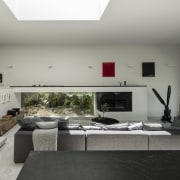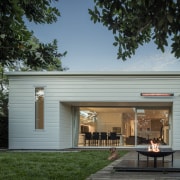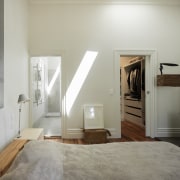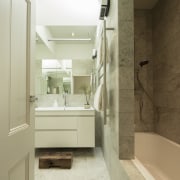Contemporary addition features complementary elements to original villa design
This renovation respects the home's heritage past while adding open-plan living space and functionality
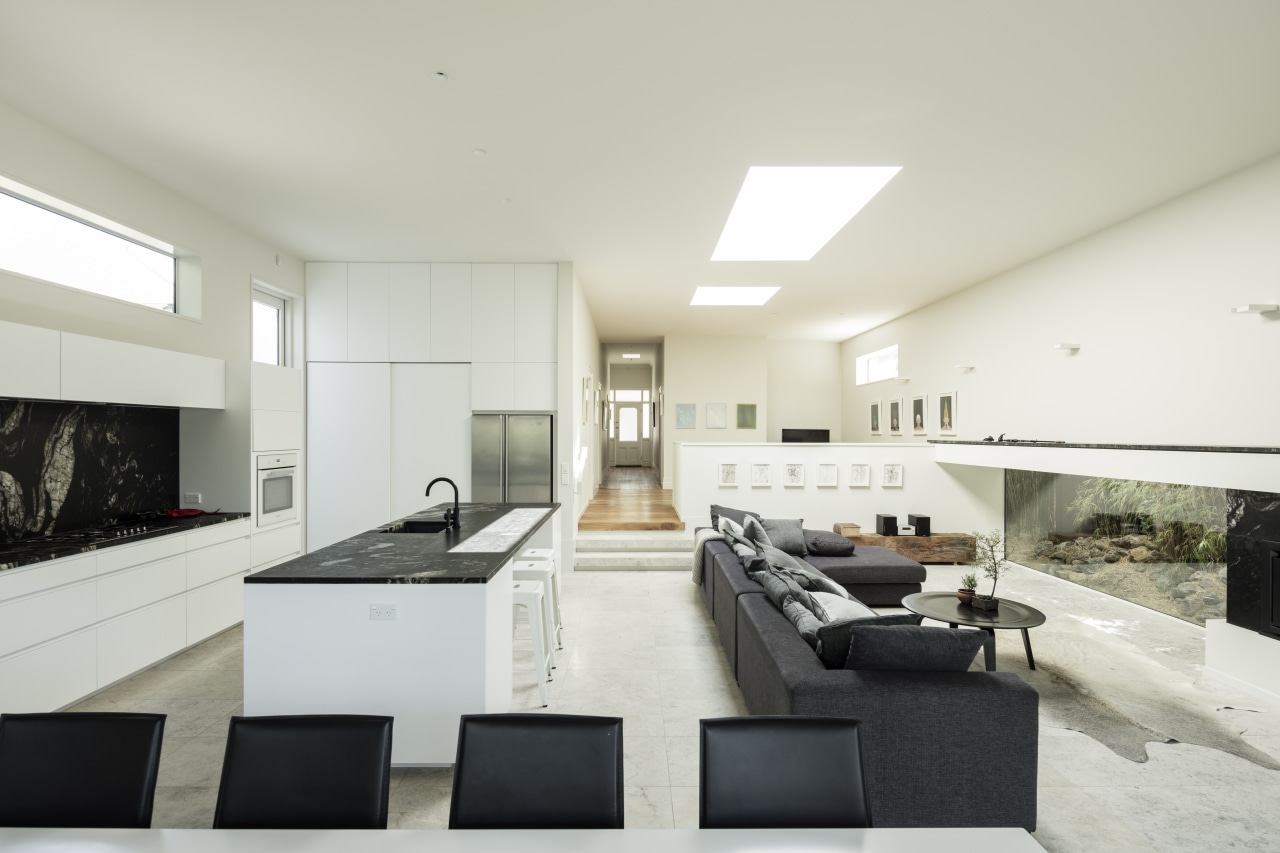
There is more than one path to take for an extension to a protected historic home – one is to echo what's gone before, another is to stand out in sharp contrast. And then there is a third option create a modern addition that stylistically and in terms of scale echoes the existing residence.
This renovation and rear extension to a heritage-protected city villa by architect Tom Rowe took the third way forward.
"The owners' brief was for a clean-lined addition with modern functionality that would at the same time work well with the existing home in terms of both scale and materiality," says Rowe.
Other requests were for maximum usable space in the extension, including a semi-separate living area for the owners' children to play in while still feeling a part of the new living and kitchen volume.
In addition, natural light penetration was required in the add-on but not at the expense of privacy from near neighbours. Plenty of storage was another requirement.
The renovation project also involved reshuffling and upgrading bedrooms and bathrooms in the original home. Plus the villa's Matai floors were restored and oiled.

To prepare for the rear extension, an inefficient lean-to added at an earlier time was removed. Next a concrete slab was laid, extending back roughly the length of the existing structure again.
"We retained the villa's original multi-pitch roof and added a new internal metre-wide gutter between the old and the new roofs," Rowe says.
"This was, in part, to allow for any elements being out of square on the 100-year-old villa. A sympathetic hip roof was chosen for the extension."
The extension is clad in shiplap weatherboards, sympathetic too but not the same as the villa's bevel-backed cladding.
On the inside, the addition presents as one long open-plan volume. The front door opens to the original hall and offers a direct sightline right through from the existing to the brand new. The large volume is achieved by supporting trusses and a plywood portal frame.
"While the new is in step with the old in terms of detail and construction, the addition doesn't emulate the historic ornamentation and detail seen in the villa."

Instead, the extension is clean-lined and bright, with two skylights, clerestory windows and a low-set window looking directly onto the garden, all bringing in natural light while maintaining privacy. And of course the whole addition opens up to the rear garden with glass sliders.
At the villa end, a modest mezzanine children's area is contained by a half wall at about the point where the original home ended. From here, the balance of the modern extension comprises a new kitchen and the main living space. The high stud matches the height of the rooms in the villa.
The two-tone kitchen features slender Brazilian stone countertops and a matching splashback. Plenty of discreet storage was incorporated above the kitchen, around windows and above the sliders.
The airy extension is snug and warm, thanks to in-slab water pipe heating which also circulates into radiators in the home's remodelled bedrooms.
Credit list
Renovation, interior design and kitchen design
Kitchen manufacturer
Roof
Main flooring
Heating
Benchtops/splashback
Refrigerator
Awards
Story by: Charles Moxham
Photography by: Sam Hartnett
Home kitchen bathroom commercial design
Home Trends Vol. 33/5
Your new bathroom should be a place that's a pleasure to spend time in, whether that's at the start or end of the day. B...
Read More



